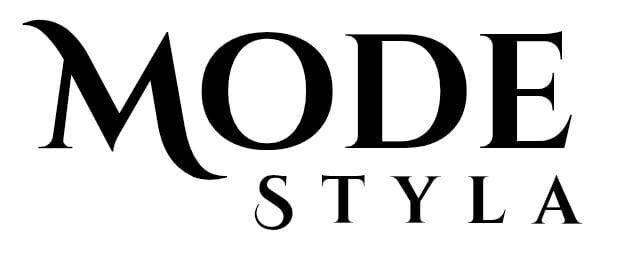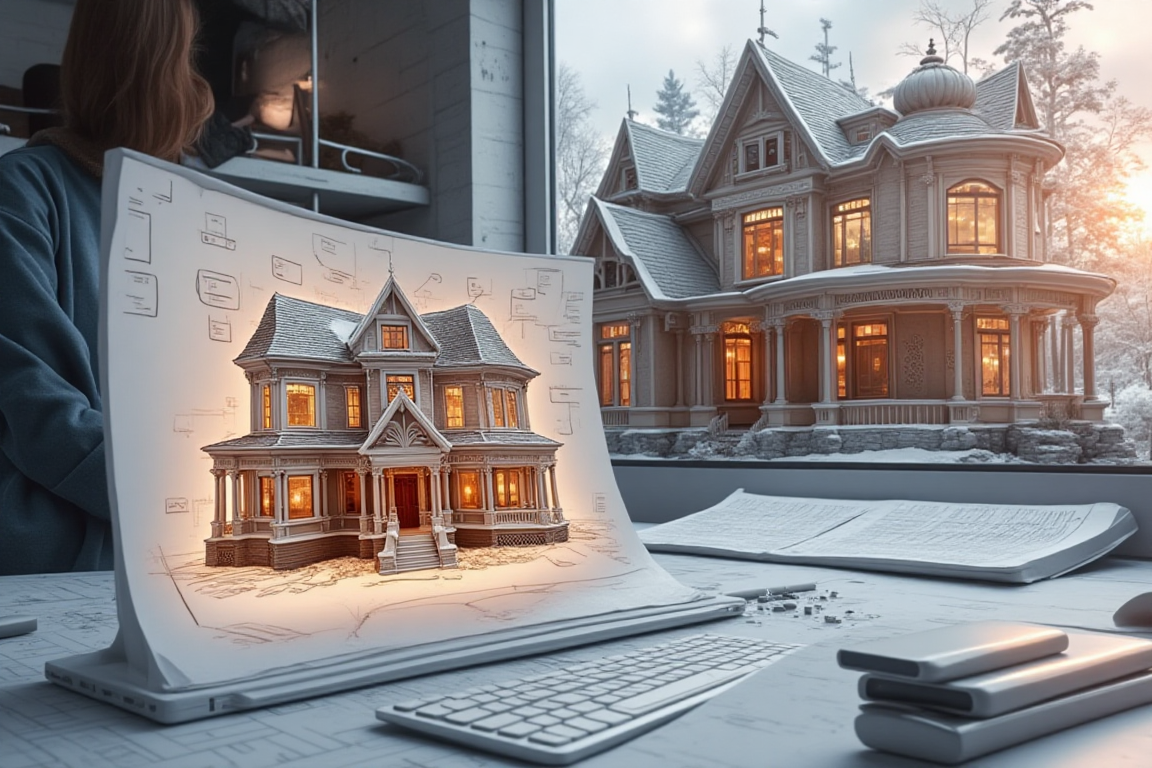Introduction:
Victorian buildings are famous for their beauty, with complicated designs like tall windows, detailed trim, and steep roofs. However, creating such designs can be hard and time-consuming. This is where an **AI chatbot** can help. An AI chatbot is a smart tool that can assist architects in designing Victorian-style homes. It can suggest ideas, create 3D models, and even fix design problems quickly. By combining old-world charm with modern technology, an AI chatbot makes designing easier and faster. But is it a perfect plan? Can an AI chatbot truly understand the elegance of Victorian architecture? Let’s explore how this technology is changing the way we design and build these classic homes.
The Design Phase: Leveraging AI chatbot for Creative Inspiration and Detailed Planning
In the design phase, an AI chatbot becomes a powerful tool for architects. It offers creative ideas, suggests patterns, and generates detailed 3D models of Victorian-style homes. Analyzing historical designs ensures accuracy while saving time. The chatbot helps fix errors, plan layouts, and visualise the final look. This blend of AI and human creativity makes designing faster, smarter, and more efficient.
A. Generating initial concepts and sketches.
Generating initial concepts and sketches is the first step in any inspired project. It helps to explore different ideas and find the best one. Sketching allows you to visualize thoughts quickly and make changes easily. This step is important for designers, artists, and engineers. It saves time and improves the final result. Good sketches can lead to strong and creative designs in the future.
B. Detailed floor plans and 3D modelling.
Detailed floor plans and 3D modelling help in designing buildings and spaces. Floor plans display the layout, including rooms, doors, and windows. They help in planning space and structure. 3D modelling creates a realistic view of the design. It helps people see how the final project will look. These steps are important for architects, engineers, and designers to make accurate and efficient designs.
C. Material selection and historical accuracy.
Material selection and historical accuracy are important in design and construction. Choosing the right materials ensures durability and beauty. Historical accuracy helps maintain the original style of old buildings or artefacts. Architects and designers study history to match colours, textures, and structures. Using correct materials and designs keeps the project strong and true to its time period, making it valuable and authentic.
D. Addressing design challenges and revisions.
Addressing design challenges and revisions is an important part of the creative process. Sometimes, designs have problems that need solutions. Designers find and fix issues to improve the final result. Revisions help make the design better and more useful. Changes may include adjusting shapes, sizes, or materials. Solving challenges and making revisions ensures a strong, functional, and attractive design in the end.
The construction phase management and cost optimisation.
The construction phase management and cost optimization are important for a successful project. Good management ensures the work is done on time and within budget. Cost optimization helps save money by using the best materials and labour efficiently. Planning and supervision reduce waste and delays. Engineers and project managers work together to control costs and maintain quality, making the construction process smooth and effective.
A. Project management and scheduling.
Project management and scheduling help complete work on time and within budget. A good plan organizes tasks, workers, and resources efficiently. Scheduling ensures each step happens at the right time. Managers check progress, solve problems, and keep everything on track. Proper planning reduces delays and mistakes. It helps teams work smoothly and complete projects successfully while saving time and money.
B. Material procurement and cost estimation.
Material locating and cost estimation are important for a successful project. Procurement means buying the right materials at the best price. Cost estimation helps plan the budget and avoid extra expenses. Choosing quality materials at a good price saves money and improves the project. Proper planning ensures materials arrive on time, reducing delays. These steps help complete the project efficiently and within budget.
C. Monitoring construction progress.
Monitoring construction progress is important to complete a project on time and within budget. It involves checking the work regularly to ensure quality and safety. Managers track each step, solve problems, and make necessary changes. Good monitoring helps avoid delays and extra costs. It also ensures workers follow the plan correctly. Proper supervision leads to a smooth and successful construction process.
D. Risk management and problem-solving.
Risk management and problem-solving are important in any project. Risks can include delays, cost increases, or safety issues. Managers identify risks early and find solutions to avoid problems. Problem-solving helps fix issues quickly to keep the project on track. Good planning and quick action reduce mistakes and delays. Managing risks well ensures a smooth, safe, and successful project completion.
Conclusion:
Embracing the future of Victorian homebuilding means combining old styles with new technology. Modern tools, like AI and 3D modelling, can help design and build Victorian homes more professionally. These tools make the process faster, more accurate, and cost-effective while protecting the attraction of traditional designs. By using new techniques, we can create beautiful, modern Victorian homes that respect history and meet today’s needs.
FAQS
Q: How can AI help in home design?
A: AI can create floor plans, suggest designs, and improve space planning.
Q: Can AI choose the best materials?
A: Yes, AI analyzes costs, durability, and eco-friendliness to recommend materials.
Q: Does AI speed up the design process?
A: Yes, AI quickly generates multiple design options, saving time.
Q: Can AI make custom designs?
A: Yes, AI creates unique designs based on personal preferences and needs.
Q: Is AI useful for budget planning?
A: Yes, AI estimates costs and helps stay within budget.
AI makes home design easier, faster, and more efficient.

